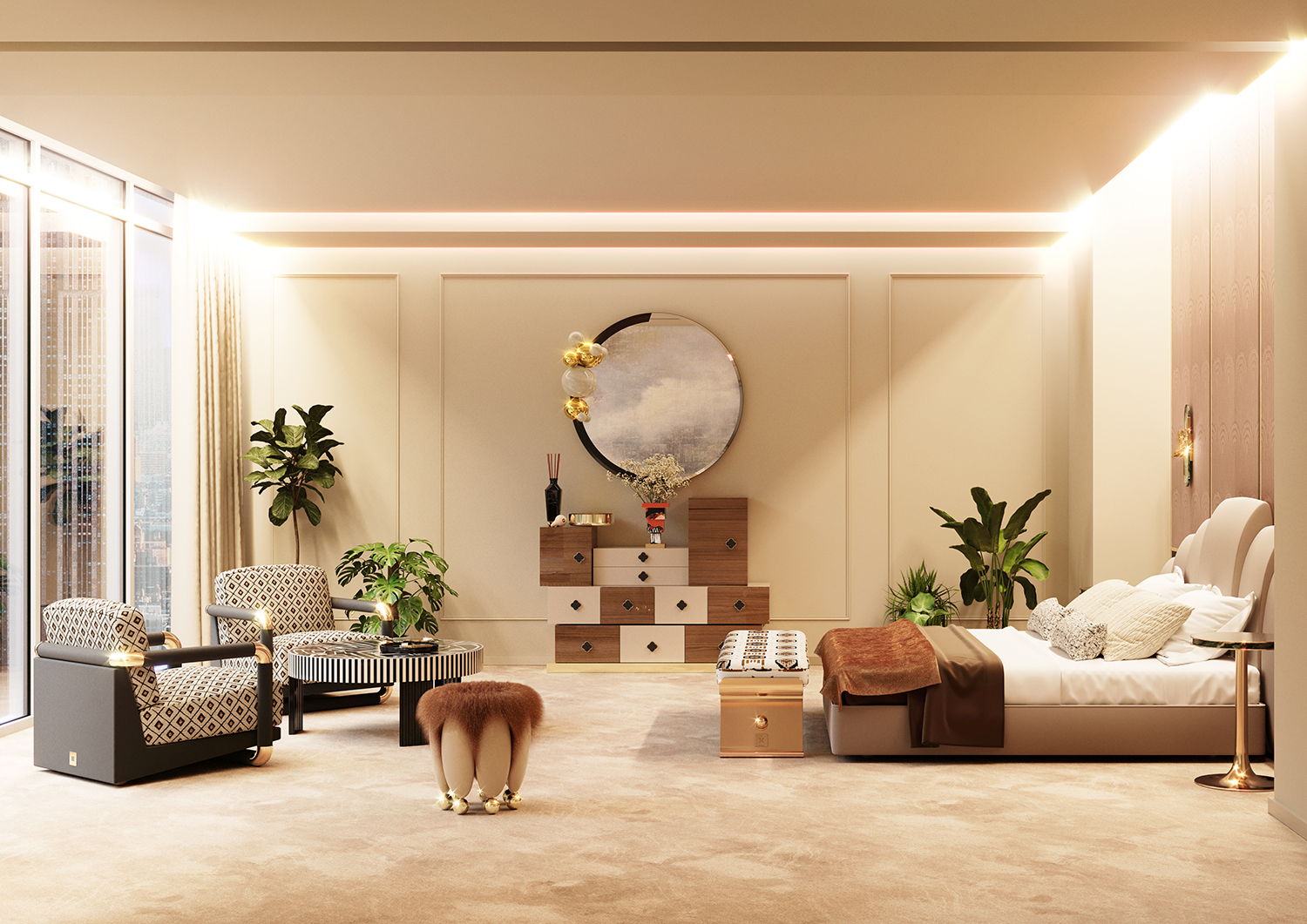A premier Architecture Firm crafts innovative and functional designs.
A premier Architecture Firm crafts innovative and functional designs.
Blog Article
Transform Your Home With Important Principles of Inside Design and Visual Appeals
By understanding the influence of shade concept and the relevance of structure and patterns, one can create areas that are not just aesthetically enticing however also deeply individual. Achieving this stability includes more than simple decor; it incorporates a calculated setup and an eager understanding of how each aspect communicates within a room.
Understanding Color Theory
Color theory is an essential aspect of interior decoration that considerably affects mood, perception, and overall visual. Recognizing the principles of shade theory enables developers to create spaces that reverberate psychologically with passengers while satisfying useful requirements (interior design firms). Colors can be categorized right into 3 main types: main, additional, and tertiary. Each group plays a crucial role in establishing harmony within a space.
The emotional effect of colors is extensive; cozy shades such as reds and oranges evoke power and heat, while cool tones like blues and environment-friendlies advertise calmness and peace. Moreover, the use of corresponding shades enhances visual rate of interest, creating striking contrasts that can raise a room's appeal.
Neutral shades, on the other hand, function as a functional background, allowing other design aspects to radiate. It is important to consider aspects such as illumination and the space's function when picking a color combination, as these can modify the assumption of colors throughout the day.
Inevitably, a well-considered color pattern can change a space, promoting a sense of comfort and design that straightens with the residents' preferences. Proficiency of color theory is, as a result, an important skill for any indoor developer intending to create unified and welcoming settings.
Achieving Equilibrium in Style
Just how can designers achieve a sense of balance in their spaces? Accomplishing equilibrium in design is basic to developing unified interiors.
Unbalanced balance, on the various other hand, relies upon differing components that still achieve a natural appearance. This technique permits even more vibrant and casual arrangements, giving interest while preserving equilibrium. By carefully picking differing dimensions, shades, and textures, developers can create a visually engaging area that really feels well balanced yet energised.
Radial equilibrium emphasizes a main prime focus with components emitting external. This design is generally seen in round designs, where furniture and decor create a cohesive surround that draws the eye inward.
Inevitably, achieving equilibrium requires thoughtful consideration of range, percentage, and the relationships in between components. Architecture Firm. By skillfully applying these equilibrium principles, designers can change rooms into settings that feel both aesthetically pleasing and functionally harmonious, improving the overall experience for owners
Relevance of Spatial Understanding

An eager sense of spatial understanding permits designers to recognize focal factors within a space, leading the audience's attention to crucial attributes while keeping a total feeling of unity. It likewise aids in the calculated placement of lights, which can drastically influence the assumption of space and mood. Additionally, comprehending spatial connections allows the developer to accommodate the certain needs of occupants, making sure that each area serves its designated purpose without endangering looks.
Eventually, spatial awareness is crucial for optimizing the possibility of any kind of interior space. By very carefully considering the interplay between dimensions, layout, and feature, designers can develop settings that not only fulfill useful requirements yet likewise stimulate a sense of comfort and charm, enhancing the total living experience.
Integrating Texture and Patterns
Welcoming a varied variety of appearances and patterns can considerably enhance the visual and tactile allure of an indoor area. The critical use of different materials-- such as timber, steel, fabric, and rock-- develops depth and interest, making a room feel much more inviting and vibrant. Integrating smooth surface areas with rough structures can establish an equilibrium that attracts the eye and engages the detects.
When including patterns, think about both range and rep. Large patterns can work as centerpieces, while smaller, refined styles can enhance other aspects without overwhelming the room. Layering patterns, such as pairing floral pillows with candy striped tosses, includes complexity and a this sense of harmony if implemented attentively.
It is also important to preserve a cohesive color combination, making certain that appearances and patterns work with each other as opposed to complete for focus. By choosing a couple of key appearances and patterns, you can create a combined aesthetic that mirrors your individual style while boosting the total ambiance of the area. Eventually, the cautious consolidation of these elements can change an ordinary room into an innovative environment abundant with character and warmth.
Customizing Your Space
Creating a room that mirrors your individuality is crucial to achieving a truly welcoming environment. Customization in interior decoration permits you to instill your one-of-a-kind design and interests into your home, changing it from a plain shelter into a refuge that talks to that you are. Begin by choosing a shade scheme that reverberates with your feelings-- bold hues can invigorate, while soft tones provide peace.
Incorporate artwork and design that reflect your interests, whether it be travel, nature, or abstract concepts. Presenting individual collections, such as books, photos, or keepsakes, can stimulate valued memories and produce prime focus within a room. Furthermore, take into consideration customizing practical items, like upholstered furnishings, to line up with your aesthetic choices.

Conclusion
Finally, the change view it of a home with the important principles of interior style and appearance necessitates a comprehensive understanding of shade concept, balance, spatial awareness, texture, and customization. Each aspect contributes significantly to developing an unified and functional living environment - luxury interior design. By thoughtfully incorporating these principles, people can enhance the aesthetic allure and emotional resonance of their areas, eventually Recommended Reading cultivating a home that reflects special identities while supplying convenience and functionality
Report this page